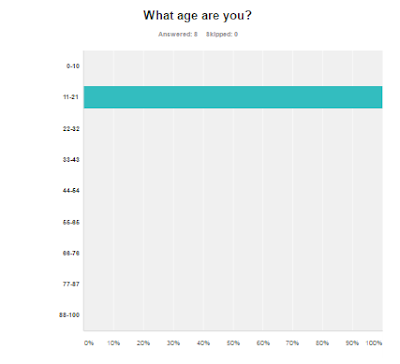Publication
plan for my music magazine
Name:
Positioning statement: the UK's greatest music magazine
Frequency of publication: monthly
Price: £3.99
Distribution: Bauer Media Group -
- Newsagents
- Retail stores/supermarkets
- Venues/gigs/concerts
- Music shops
Rationale: News/gossip on indie rock, or similar, bands and artist, as well as exclusive interviews, posters and stunning photography of gigs and the knowledge of release dates.
Style: My magazine will have a strong and mildly formal structure to it, in a way that the general public and, more in particular, the younger generation will be able to follow and get quite caught up in. I also wanted to include material that they would find relatable, so they can feel connected to the actual bands and music itself.
Regular content:
- Interview with a new, up-and-coming band.
- Closest dates of small intimate gigs.
- Most shocking news of the month.
- Article of biggest name in the genre that month.
- Album of the month
- Band rivalry
- Competition to win tickets, merchandise, or meeting.
- Golden oldie/ flash from the past - vintage music reference page.
Feature content:
- Knowledge of the acts on at Leeds fest.
- Music fashion article.
- Secrets about hidden track by Wolf Alice.
- Exclusive interview with Catfish and the Bottlemen.
- A guitarist's personal experience with depression.
- Free poster of Cage The Elephant.
- Fans review of favourite artist of the year
- Exposure of opinions on sub-genres.






















